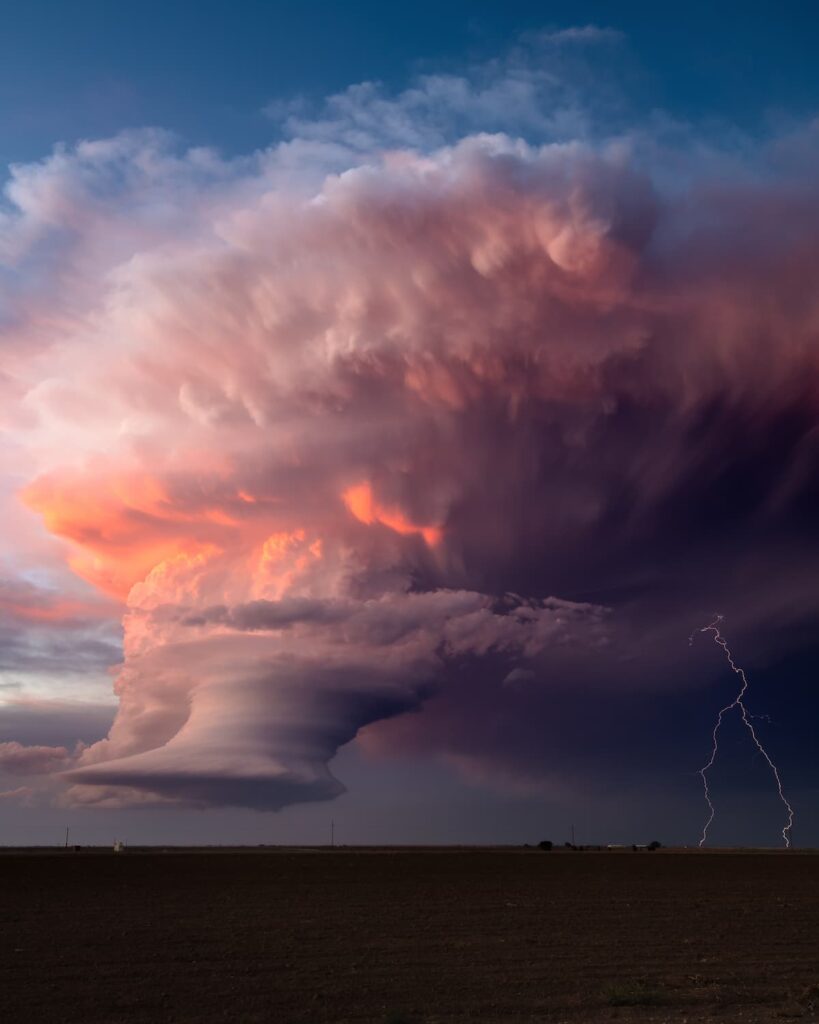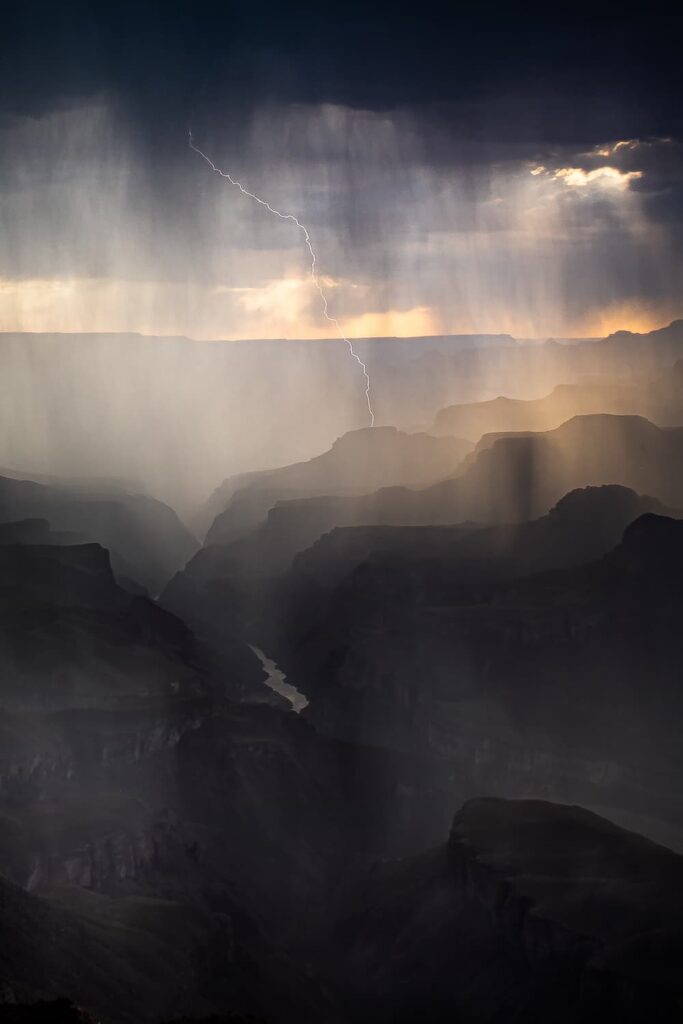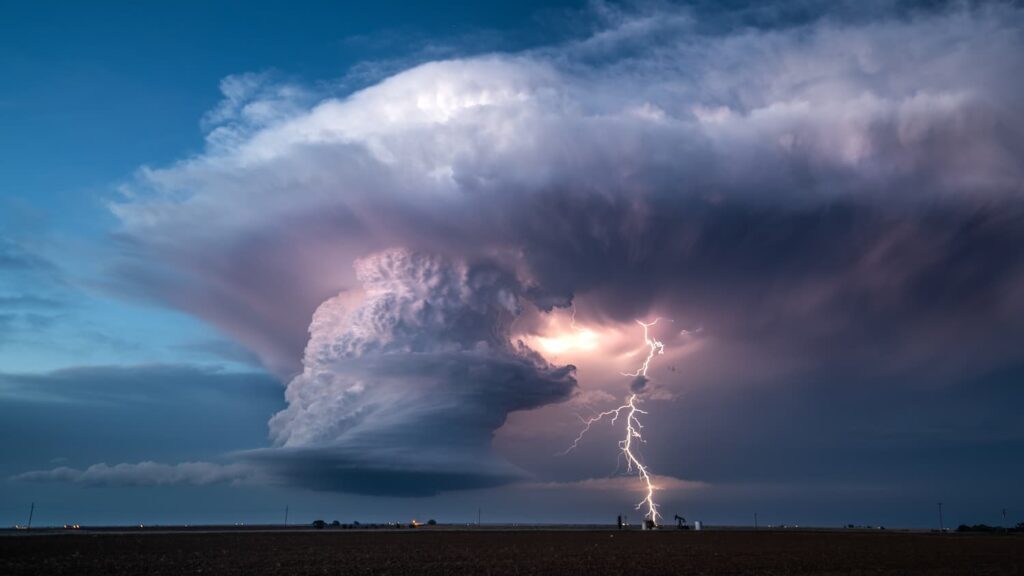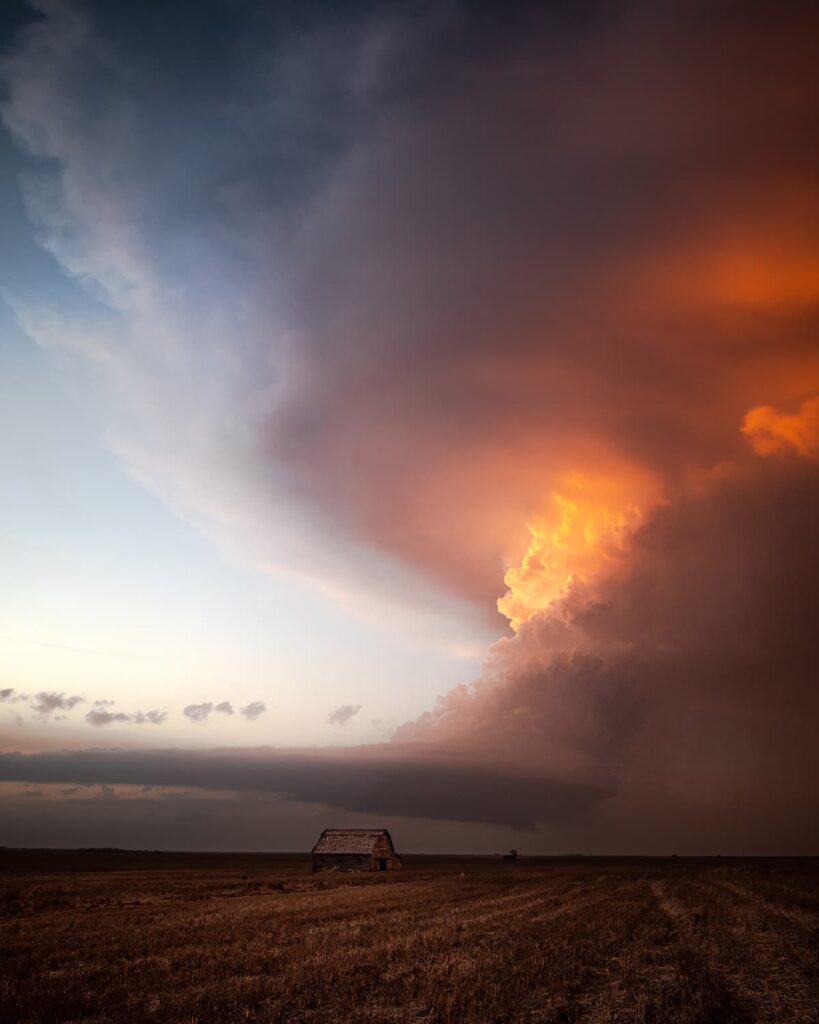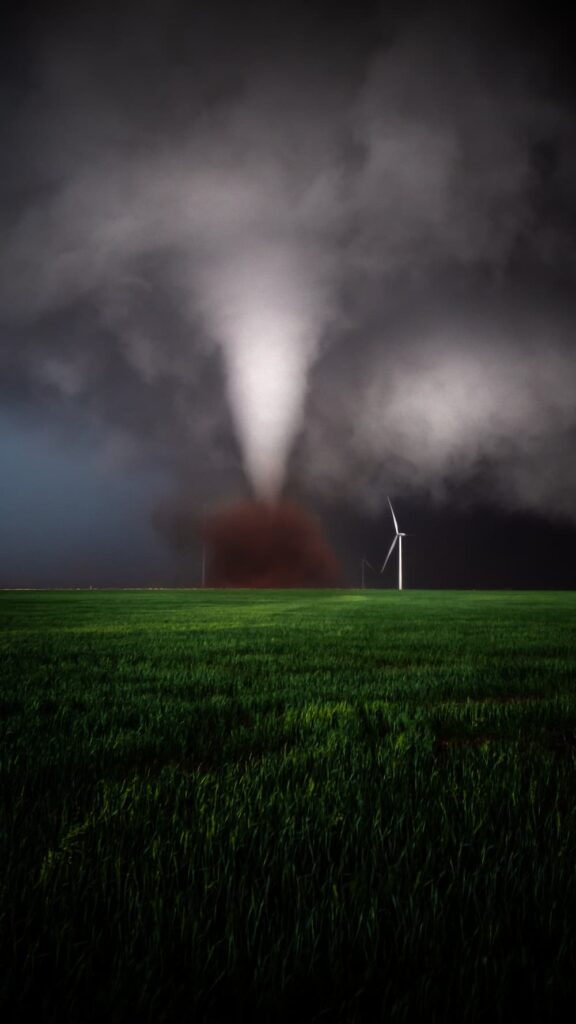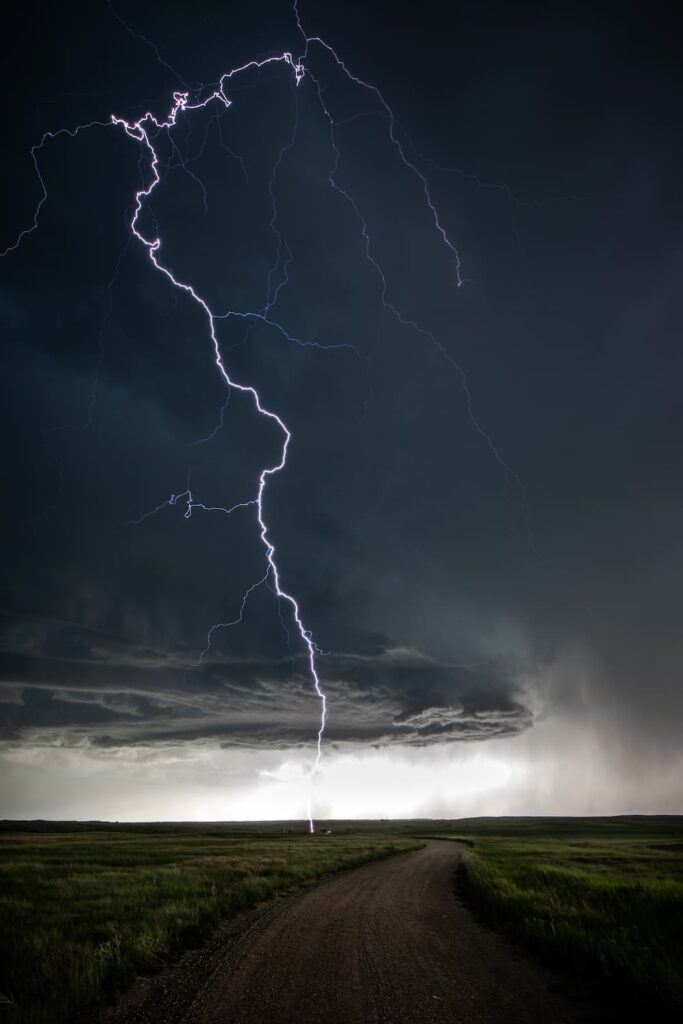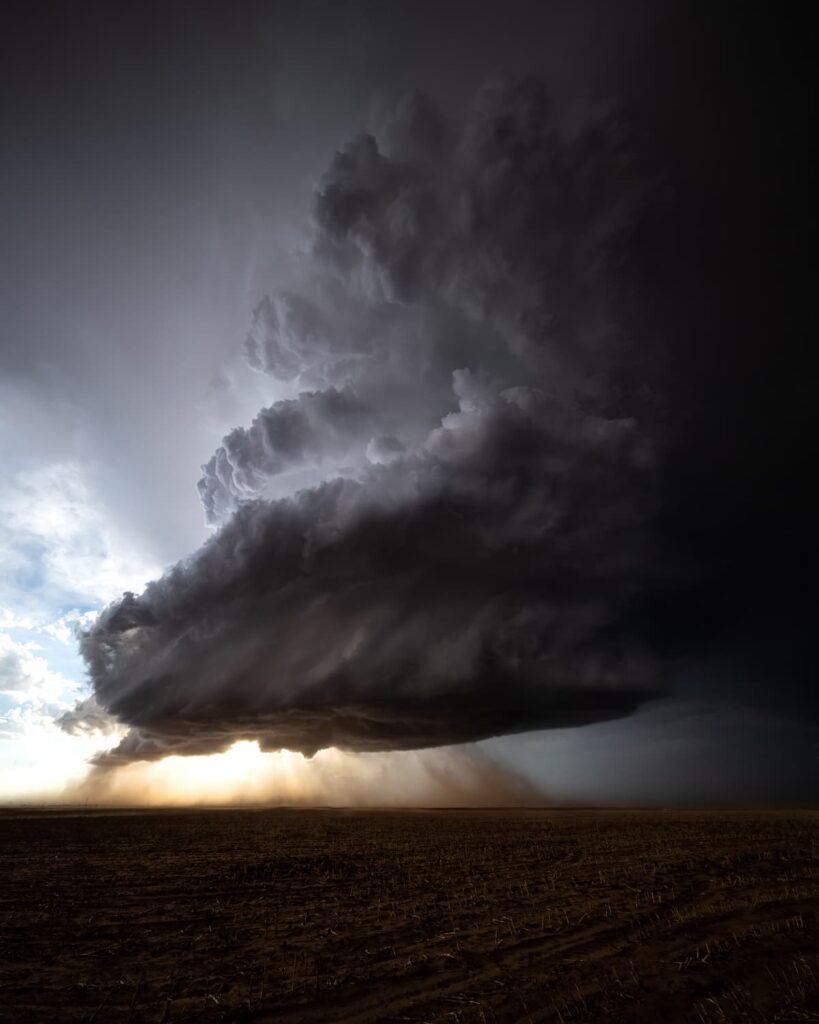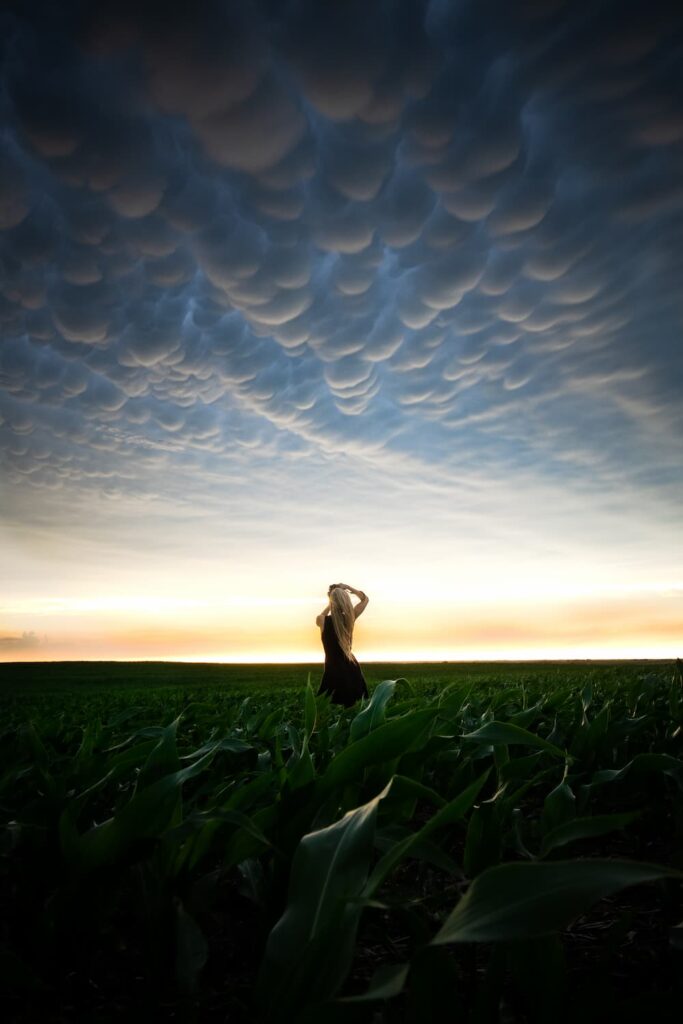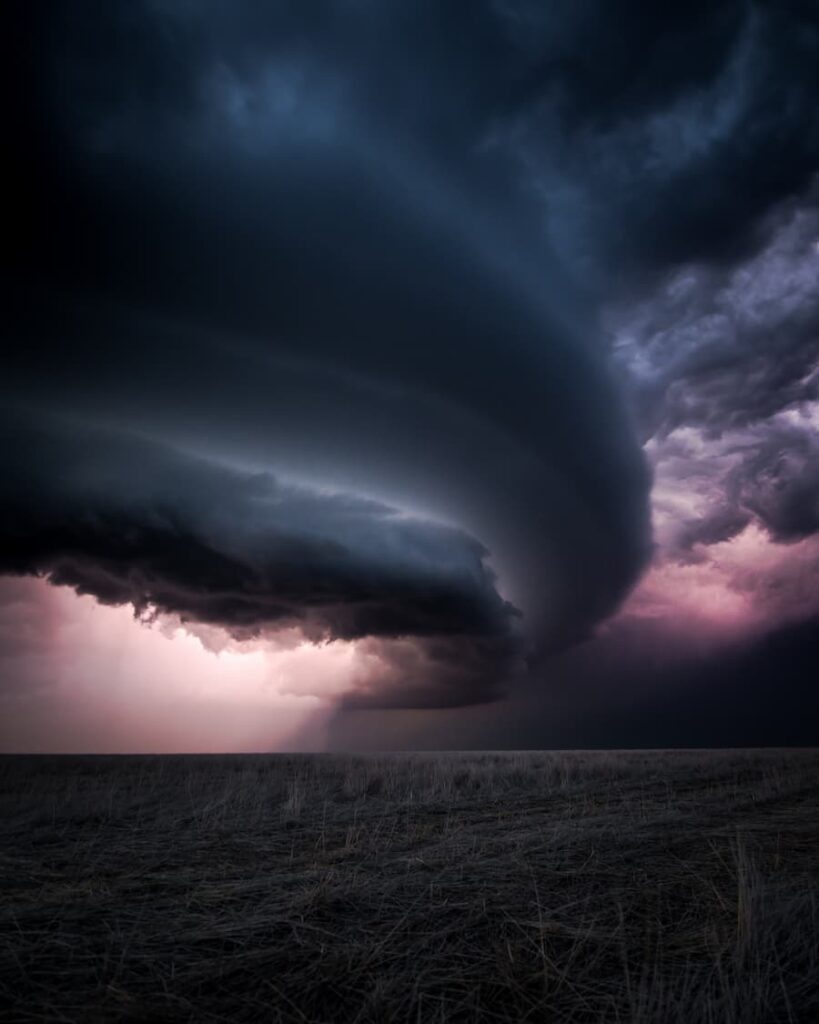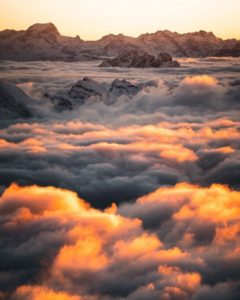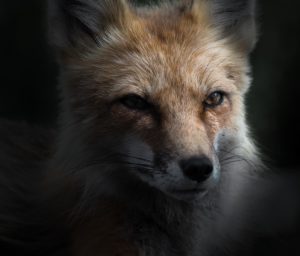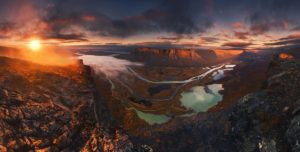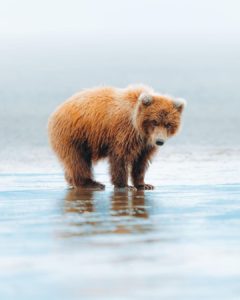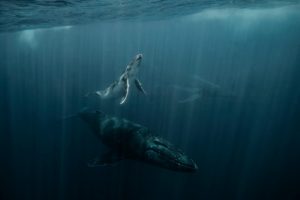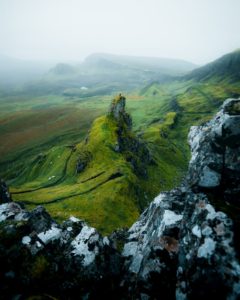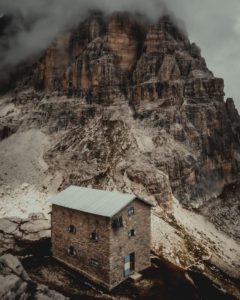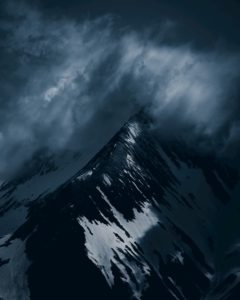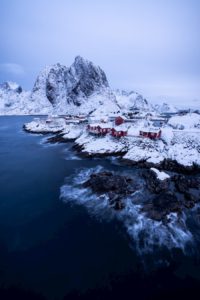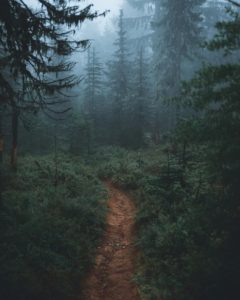
Justin Snead
@thedreadlocktraveler
Storm chaser and landscape photographer
Life has a way of showing you your path when you least expect it.
For Justin, it was only while driving one day in Minnesota that he stumbled upon storm photography. A strange cloud in the sky caught his attention as it swirled along the rural landscape: “Fortunately, I had my camera with me and began clicking away. As my phone alerted me of an approaching tornado, a surge of adrenaline rushed through me, and I knew that I was in the right place, doing what I was meant to do.”
When it comes to storm chasing, being prepared is crucial in several ways. Foremost among these is examining weather data, as capturing storms requires knowledge of when, where, and how they are likely to develop. Justin explains this topic in detail, and the following are some of his top tips:
(1) “I strongly recommend learning how to identify storm structure and interpret basic model data before embarking on a chase.
(2) If feasible, accompany experienced chasers on their chases to observe how split-second decisions can have significant consequences.
(3) In the field, safety should be your top priority.”
Can you imagine yourself looking up at an apocalyptic sky filled with a golden light? Sounds like a challenge, don’t you think? We enjoyed how Justin explained this with words:
“I frequently claim that the act of storm chasing is genuine art and that photography is merely a by-product of it.”
We truly agree with this, and luckily, in this new interview, Justin explains how you can also photograph storms safely, maintaining a balance between the risks of storm chasing and capturing the perfect moment. He also shares valuable tips, tools, and resources, while explaining his involvement with TIME magazine. About that, we loved this thought:
“While I am thrilled to have had my work displayed in prestigious locations and alongside esteemed organizations, the most rewarding aspect is the connection I have forged with people who have come to appreciate my work as a storm photographer.”
Below you can now read this new interview and learn from @thedreadlocktraveler’s most valuable experiences!
Interview
It has been amazing to go over your work and I cannot even imagine how many adventures you have been on so far chasing storms. What inspired you to become a storm chaser in the first place and combine it with landscape photography? And, what came first?
Life has a peculiar way of revealing your path when you least anticipate it. Initially, I delved into photography after attending a music festival with aspirations of becoming a concert photographer. However, my career as a healthcare worker took off shortly after, and landscape photography became my focus too. Although enjoyable, capturing ordinary landscapes and astrophotography failed to ignite my soul.
It was only while driving one day in Minnesota that I stumbled upon storm photography. A strange cloud in the sky caught my attention as it swirled along the rural landscape. Fortunately, I had my camera with me and began clicking away. As my phone alerted me of an approaching tornado, a surge of adrenaline rushed through me, and I knew that I was in the right place, doing what I was meant to do.
People often ask what inspired me to become a storm chaser, but the truth is, it was the magnificence of Mother Nature that inspired me.
You mentioned: “Storm chasing is my therapy from the stress of life in general.”¨What do you feel when you are close to an epic storm? Can you describe your most memorable or challenging storm chasing?
Attempting to express the sensation of being near a massive storm is futile; it’s a feeling that can only be truly appreciated by experiencing it in person. What I can reveal is that chasing storms has the power to intensify your emotions to levels that you never knew existed.
One of my most unforgettable experiences involved just that. While pursuing a supercell in Lubbock, Texas, I can still recollect the fleeting moment when we halted and ventured out, gazing up at a doomsday-like sky, complete with golden light, blowing dust, and a colossal supercell boasting striking structure. Despite the pandemonium encircling me, a sense of tranquility swept over me, and I was transported back to a cherished memory. That cherished memory is what propels me to pursue storm-chasing with such fervor.
How do you prepare for a storm-chasing trip and what gear do you use to capture the perfect shot?
When it comes to storm chasing, being prepared is crucial in several ways. Foremost among these is examining weather data, as capturing storms requires knowledge of when, where, and how they are likely to develop. Other essential aspects include ensuring that your equipment is in excellent condition and that your camera is pre-set to an appropriate setting. Some storm photography opportunities are fleeting, and you don’t want to miss a great shot while fiddling with settings such as ISO or aperture.
Regarding gear, I use a Nikon D850 with Tamron lenses, several GoPros, and even my phone for live-streaming chases.
Can you share any safety tips for aspiring storm chasers and landscape photographers?
The increasing popularity of storm chasing and storm photography has brought a new generation of chasers into the field. If you aspire to be a storm chaser/photographer, I strongly recommend learning how to identify storm structure and interpret basic model data before embarking on a chase. If feasible, accompany experienced chasers on their chases to observe how split-second decisions can have significant consequences. In the field, safety should be your top priority. I cannot stress enough that understanding how to chase responsibly can avert life-threatening situations for you and others.
Has climate change impacted your work as a storm chaser and landscape photographer? Is it true that storms are getting more violent because of global warming?
My work as a storm chaser has certainly been affected by climate change. To avoid becoming too technical, I can say that over the past few years, there have been fewer severe weather events in the traditional tornado alley of the US. This decrease in storms means fewer opportunities to capture these occurrences, but more significantly, it results in droughts in the American Plains.
Violent tornadoes have been appearing in the southeast, which increases the likelihood of death and destruction as more towns are exposed to these events. It is difficult to ascertain whether global warming is contributing to this because we require more years and research to establish whether this is a singular aberration in worldwide weather patterns or something more significant.
What do you hope to convey to your audience through your storm chasing and landscape photography?
My aspiration is for the audience to feel the raw emotions I invest in each photograph that I share with the world. Despite being a photographer by technical definition, I consider myself an artist at heart. Through storm chasing, I have been able to free myself from the stress of life and release the pent-up emotions within me by capturing the moments that occur with Mother Nature in the field. I frequently claim that the act of storm chasing is genuine art and that photography is merely a by-product of it.
"Despite this, my work will never be entirely perfect. There will always be a touch of darkness here, and a touch of brightness there, but regardless of these technical imperfections, my emotions will remain embedded within each photograph."
Have you ever encountered dangerous situations while chasing storms, and how did you handle them?
Every storm chaser eventually encounters hazardous situations while out in the field. In those critical moments, how you react can mean the difference between life and death. Some situations are out of our control, such as being struck by lightning.
Throughout my experience as a chaser, I’ve had both the opportunity and misfortune of being close to several tornadoes. I approach these situations with the utmost care, ensuring that I have multiple escape routes planned out and keeping a close eye on the tornado as it can suddenly change direction and pose a serious threat.
How do you balance the risks of storm chasing with the rewards of capturing stunning photographs?
Maintaining a balance between the risks of storm chasing and capturing the perfect moment can be a delicate task. While chasing a storm, I often become so engrossed in the beauty of the moment that I forget the potential dangers that surround me. It’s important to remember that while these storms can be mesmerizing, they can also be chaotic and unpredictable.
Can you share any tips for capturing unique and creative storm and landscape photographs? What tools or resources would you recommend to someone without experience to capture something truly unique?
When it comes to storm photography, technical skills and equipment are important, but there is also an intangible aspect that comes into play – your intuition and feelings. The advice given here is to trust one’s gut and wait for the perfect moment to capture an image. This “feel” is developed over time as you gain experience and learn to recognize when a scene is aligned with your artistic vision.
While it’s true that many moments in storm chasing are inherently beautiful, you must still have a sense of discernment to capture the most powerful images. It’s not simply a matter of pointing and shooting; you must be able to recognize when a particular moment is truly aligned with your artistic vision.
By holding out for the right moment, you can capture more impactful and emotional images that truly convey the power and beauty of the storm. This requires patience and a willingness to wait for the right conditions, even if it means passing up other opportunities that may be tempting but don’t quite feel right. Ultimately, it is this ability to capture the essence of a moment that separates truly exceptional storm photographers from the rest.
What is your involvement with Time magazine and what has been a project that you have accomplished you are proud of?
Keith Grossman, the former CEO of TIME, reached out to me last year to become a TIMEPieces artist and to be a part of their next NFT project. This project aimed to celebrate the 25th anniversary of Deepak Chopra’s book “The Seven Spiritual Laws of Success,” which features a digital form of one of my photos on the cover.
Since then, my work has been showcased in various locations across the US and internationally, including a recent exhibition in Rome, Italy, and at Art Basel in Miami, presented and supported by Morgan Stanley and National Geographic.
While I am thrilled to have had my work displayed in prestigious locations and alongside esteemed organizations, the most rewarding aspect is the connection I have forged with people who have come to appreciate my work as a storm photographer. It is incredibly gratifying to see others enjoy and connect with the images that are a part of who I am.
Where would you like to see yourself ten years from now as a storm chaser and landscape photographer?
In the next ten years, I hope to continue finding joy in the little things that come with storm chasing. As the number of content creators on social media increases, I have made a conscious effort to avoid the pressure of constantly churning out new work. I don’t want to end up with an endless collection of photos that lack any personal connection or emotional significance. Instead, I want to prioritize creating pieces that are deeply meaningful to me.
"This approach may result in fewer works, but each one will hold a special place in my heart."
Would you like content like this sent to your inbox?
